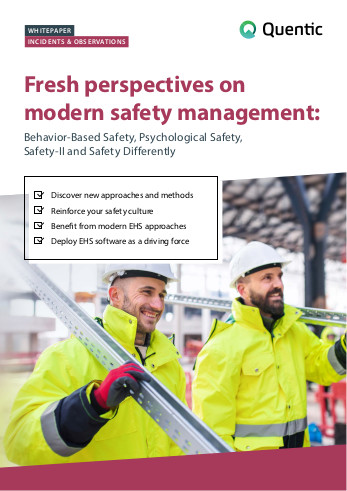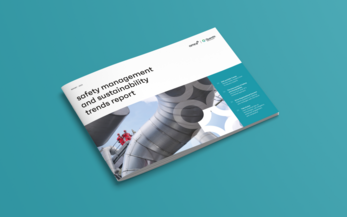8 minutes02/25/2021
Written by Karri Takki
Who out there enjoys dealing with safety incidents? Accidents at work feel just like bad grades in school. No one likes them, because they reveal that something we’re doing is not working. But let’s take a moment to think back on our years in school: What always happened, when we took those bad grades seriously and worked hard to fix them? If, for example, we failed an assignment, took it to heart, learned from our mistakes and developed new learning and problem-solving strategies that we could apply to future assignments? We just kept getting better.
How does this translate to safety management? Handling incidents professionally also leads to a continuous improvement of performance. When we handle accidents and incidents in a structured manner, we uncover risks ahead of time and be able to initiate the proper procedures to ensure a safer future. A good incident management process also allows fora safety culture to emerge, one that is capable of motivating the entire workforce to take a proactive part in safety management.
Based on my experiences and discussions with industry professionals, I have gathered some tips on how to improve your incident management process. This is not a definitive list for developing your own incident management system, but rather intended to help you improve your existing one and give you some ideas on how to fine-tune it.









